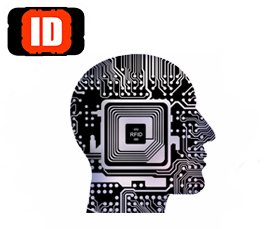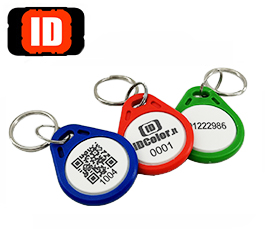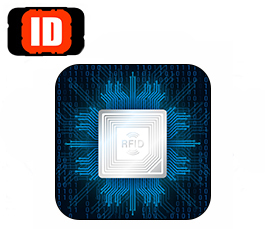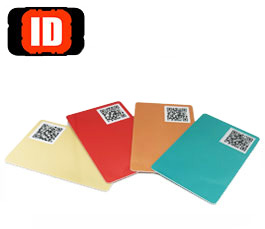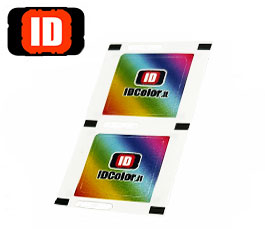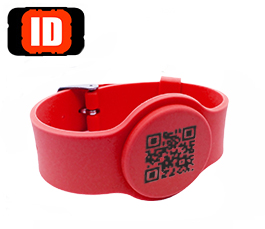Comparing technologies
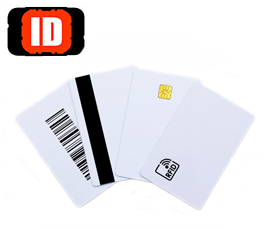
Type of support or paper
When planning the automation of a payment system or access to a restricted area, it is essential to select the type of support that best suits your needs. As such, it is important to consider the following factors:
- The amount of data to be stored on the medium
- The amount of cards to be produced
- Under what circumstances does support operate
- For how long
| Type of support | Pros | Cons |
| Magnetic card |
Economical Easily available |
Capacity to store little data |
| Chip card - smart card |
Capability to store a lot of data depending on the chip chosen Security in accessing and maintaining data Cheaper write terminals |
Costo elevato per singola card |
| Contactless tag |
There is no wear and tear between the contacting parts It is possible with appropriate addressing guides to totally eliminate customer stoppage for identification |
High cost per single card Possibility to store little data |
| Barcode card | Most economical solution |
Can be easily photocopied Cannot be rewritten |
The following factors should also be taken into consideration:
In systems where the number of users is large and occasional, such as resorts, waterparks, parking lots, prepaid telephone services and fidelity cards, the use of magnetic cards presents a good balance between security and cost. Their economy allows the card to be left with the user even after the service ends, turning it into a promotional tool. They also avoid the need to collect and distribute new cards to subsequent users.
On the other hand, chip cards become the preferred choice in systems with a limited number of users, requiring a high level of security or storage of a lot of information. This type of card is ideal for applications such as attendance control, electronic wallet, and health cards, where data security and storage capacity are critical.
For access control systems with a high flow of people, such as employee parking and access control, the use of contactless cards is the most suitable solution. These cards allow transit time to be minimized, providing a fast and efficient mode of access.
The choice of card type therefore depends on the specific needs of the system, the amount of users, the need for security and the amount of data to be stored, as well as the requirements for speed in access operations.


